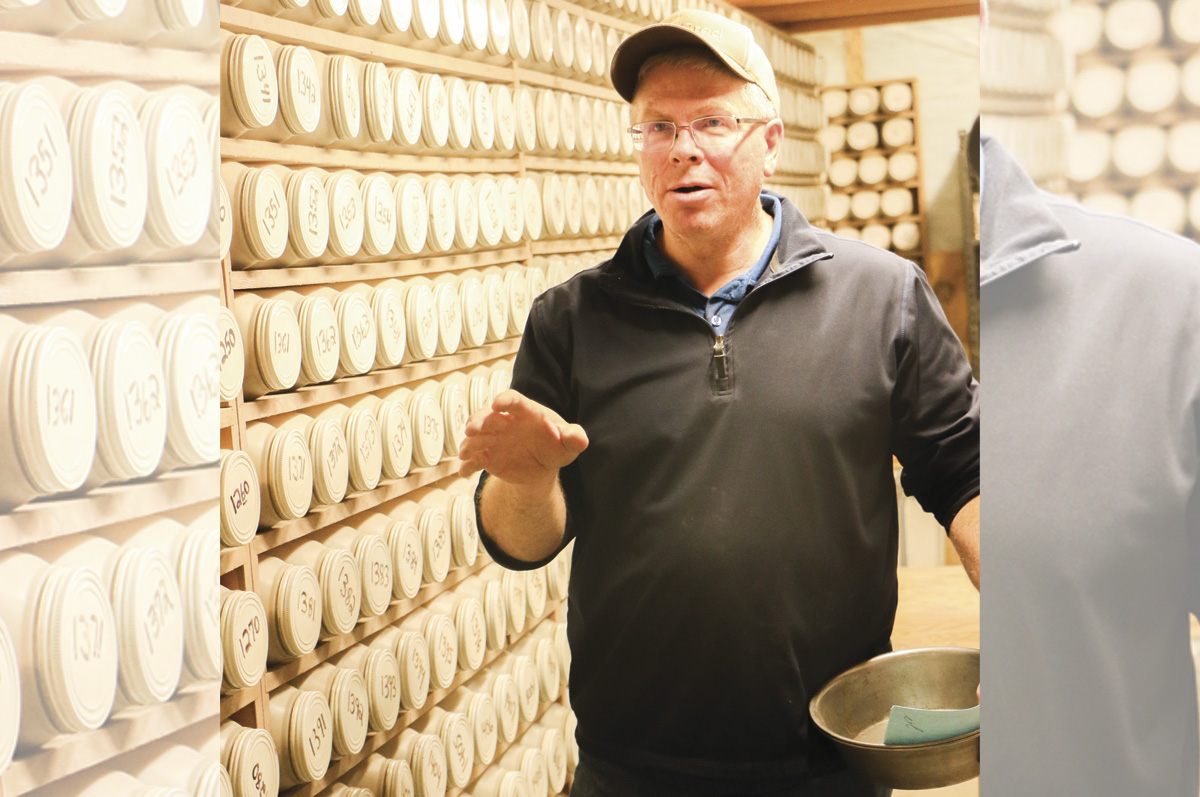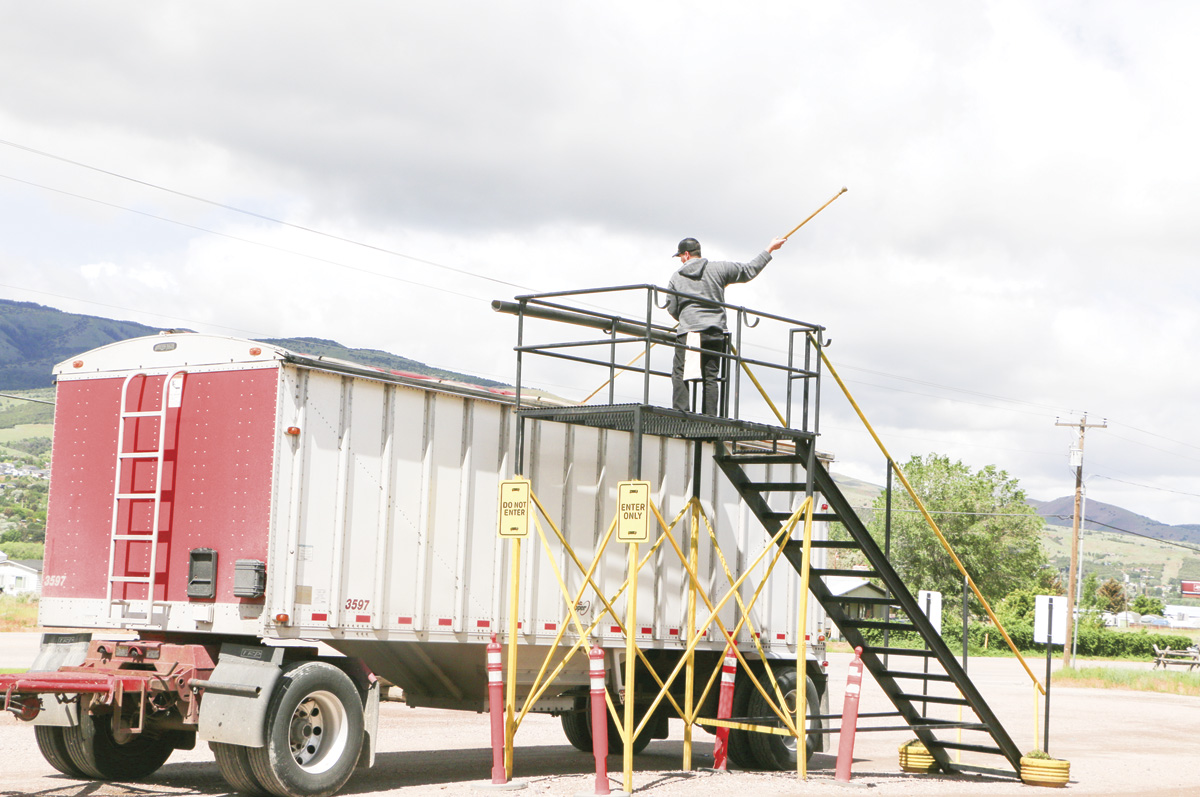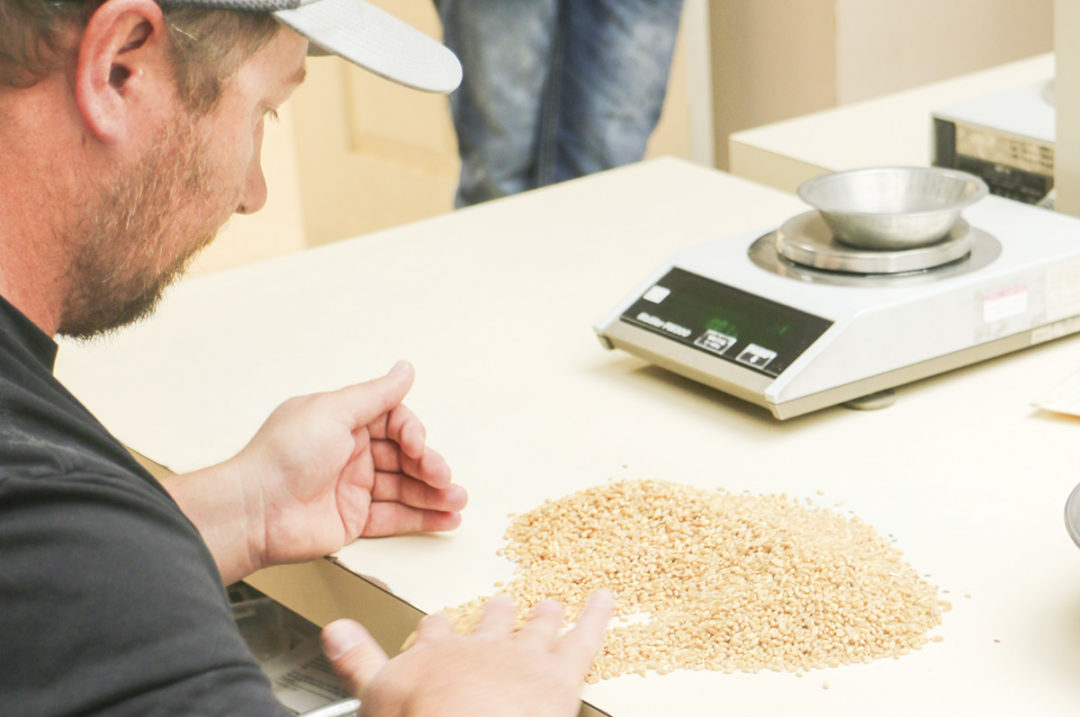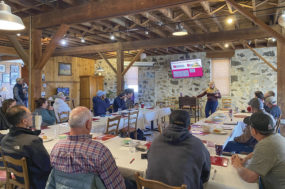Dustin and Jennifer Young have owned Idaho Grain Inspection Services (IGIS) in Pocatello for the past five years. If you grow wheat or barley in Idaho (and other grains), their services can help producers market the grain more effectively.
IGIS is a privately owned but federally regulated official service provider for grain testing, which means IGIS holds the federal designation for the state of Idaho. As such, they maintain stringent testing requirements, licensing, reporting and auditing requirements as set forth by GIPSA (Grain Inspection, Packers and Stockyards Administration). As a third-party non-biased facility (an extension of the federal system), they provide grain testing to ensure protection for growers, elevators and brokers.
IGIS provides testing for a variety of grains – wheat, barley, rye, triticale, corn, canola and mustard. Some of the tests IGIS provides include moisture levels, test weights, dockage, shrunken and broken percentages, proteins, falling numbers and vomitoxins. Most of the tests are standard, but falling numbers or vomitoxin tests are performed upon grower requests. “But if we see fusarium head blight on the sample, we’ll call the customer and ask if they want us to run a vomitoxin test,” Dustin says. In addition, some grains have tests specific to them; for instance, malting barley procedures include tests that quantify malt factors.
Turnaround time on a sample is usually within 24 hours, although a germination test takes longer (and the germination test is unofficial).

Dustin Young explains the storage process of samples submitted for testing. Photo by Lynn Jaynes.
For the 2023 growing season, Dustin says, “I'm a little concerned with the winterkill that we've had. It's been pretty widespread. I'm a little concerned about what they planted back into that field. If it's a spring/winter mix of soft white, it won't matter. But if you planted a hard red spring variety in the hard red winter field and you get some volunteer winter wheat popping up, it may be a problem. And then I'm also concerned that as long as that snow stood on those fields, we might see more smut this year. And we know that vomitoxin does better on wet springs and we've had a pretty wet spring. It's going to be an interesting year.”
“Domestic use is probably 90 percent of our business,” Dustin says. “This year, the export market has been quiet – really quiet.” He surmises that U.S. wheat is just too expensive (although higher quality) and many countries are willing to provide wheat at cheaper prices.
There can be, of course, some human error in testing, and IGIS keeps a sample of the tested grain, which allows a farmer to ask for a retest if there are discrepancies or questions.
“When we do an official sample, it comes into our lab and we split it in half, and half of it doesn't get touched, it just gets put aside and saved,” Jennifer says, “and the other half has all the tests run on it. So we actually have an original portion of the sample that hasn't had anything done to it.”
IGIS is required to store samples for a certain amount of time depending on whether the samples were submitted by growers, an official probe or an export. “Submitted samples are stored three to five days – seven at the most,” says Dustin. “Official probes, where we go out and get them from an elevator or rail car, are stored seven to 10 days. Export probes are stored 30 to 60 days, depending on where they're going, and that’s in case there is a problem with it – then the farmer has a chance to have us send the sample to the federal facilities and get a second opinion.”
Trucks can pull into the facility directly for probing, or the inspectors will travel to the location of a rail car or mill and take probes. The size of the storage facility or rail car determines how many probes must be taken from it. Submitted samples have to be at least 1,000 grams or 2.5 pounds, whereas the official sampling has to be twice that.

Several probes are taken from each container, depending on the size of the container, as this truck pulls through Idaho Grain Inspection Services. Photo by Lynn Jaynes.
“During the harvest time, if it's just a submitted sample, we'll go around to elevators who use us and just pick up different elevator samples, or farmers bring them in. Some are mailed to us,” Dustin says. “Some farms will collect them all year and then bring them in at the end of harvest. But sometimes they're in the middle of a field and want to know what the moisture is like or the proteins are like, so they'll run a sample to us and say, 'Could you run a quick test on this and let me know where I'm at?'”
IGIS travels well outside of Bannock County to help out mills and growers. They have made runs from Weiser and Nampa up to Ashton and down to Soda Springs and Preston – and all points between.
Will testing increase profitability for farmers? “Absolutely,” Dustin says. “If you're just going into an elevator and you're allowing that elevator to tell you what you have, I'd be very cautious. And not saying that they're doing it on purpose or trying to short anybody, but they have seasonal help. And when they have seasonal help, they're looking at it with limited knowledge and understanding.”
Producers have many different options to market their grain crops, but until a producer knows what the quality is, he may not be able to monetize it. “Say a guy over here is offering [a price] for this protein, or a guy over there's offering [a different price] for a little lower protein. If you know what you have, you can go different directions with it,” Dustin says. “It's always smarter to know what you have in a bin.”








